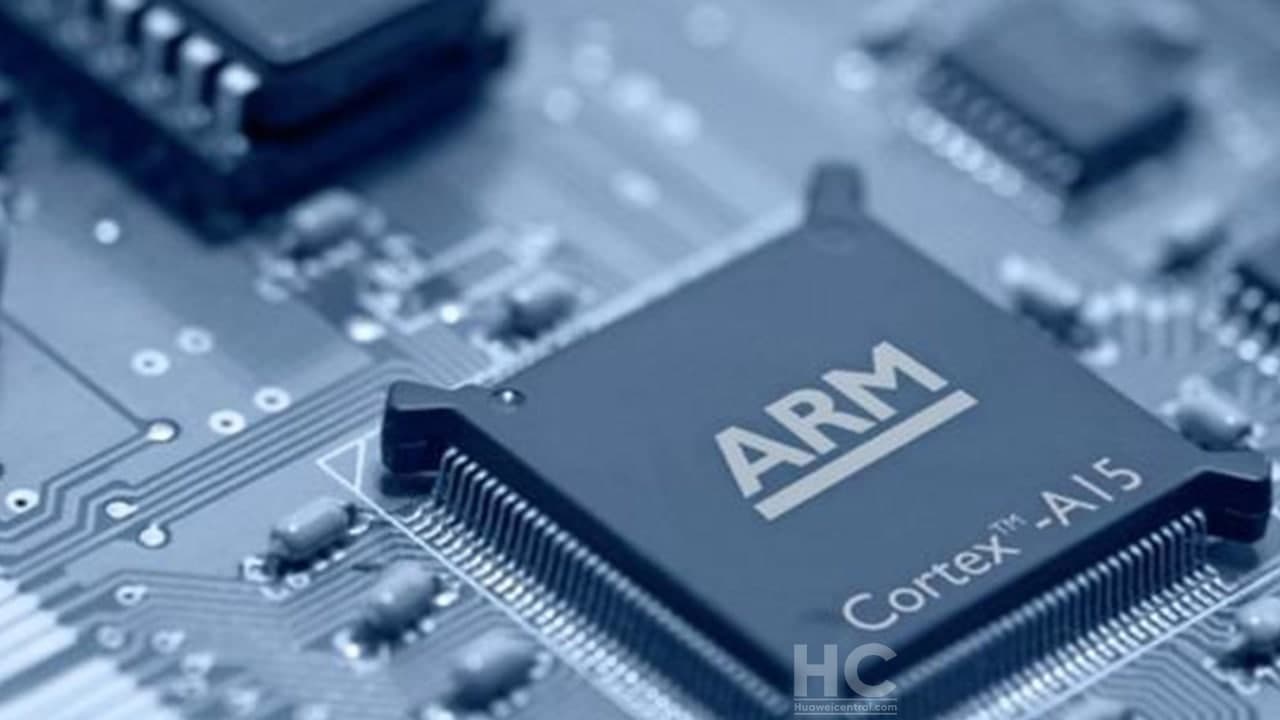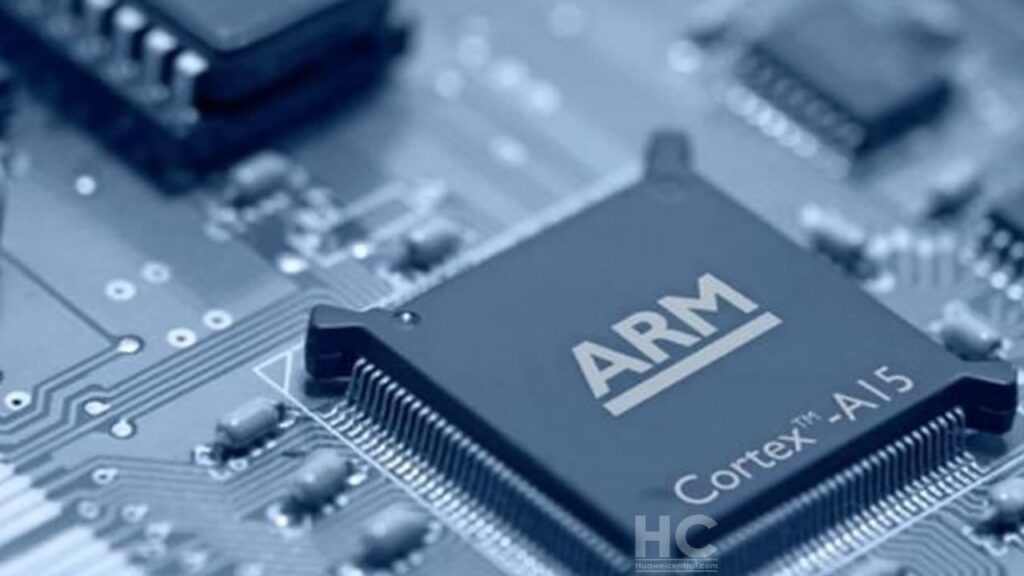News
Huawei develops its first RISC-V design based HiSilicon development board

Since May 2019, Huawei is serving the U.S. sanctions. These sanctions banned Google, Intel, Broadcom, Qualcomm as well as ARM’s design to stop sharing to the Chinese tech giant.
ARM:
ARM technology is UK based chip designer that develops the architecture and issues for other companies worldwide. It also includes Huawei’s semiconductor brand HiSilicon.
Due to this, Huawei facing lots of difficulties in manufacturing new products because Huawei uses ARM’s design in its Kirin processor and other products developed by HiSilicon.

According to the information coming from TomsHardware, Huawei’s semiconductor firm HiSilicon has started using open-source RISC-V architecture and has even released its first RISC-V architecture-based HiSilicon Hi3861 development board for Harmony OS developers.
Huawei’s first chip HiSilicon Hi3861 is based on the Hi3861 controller. But Huawei’s documentation of this chip design describes as the main controller chip.
![]()
Huawei HiSilicon Hi3861:
The Hi3861 development board comes with a size of 2cm x 5cm. It has a 2.4GHz WLAN SoC chip, integrated with 802.11b/g/n baseband and RF circuits, and supports the HarmonyOS.
Among the more aspects, the Hi3861 is a 32-bit chip with a maximum frequency of 160MHz, embedded 352KB SRAM, 288KB ROM, 2MB Flash, and more. Additionally, it seems to have all the logic that enables USB-C functionality and GPIO (general-purpose) pins.
![]()
Conclusion:
In the current scenario, Huawei’s HiSilicon Hi3861 is mainly designed IoT devices. Up until now, the Chinese chip design was tailored to design chips for high-end smartphones, tablets, PCs, and other smart devices.
Still, we don’t have confirmation, when and what Huawei is planning to do after adapting this platform and whether it’ll continue to use it on other IoT devices.
(Source)







